With Thanksgiving coming up, we wanted to highlight some of the places in the U.S. where you can celebrate and explore Native American culture. Here are 5 places to visit, excerpted from the newly revised edition of Patricia Schultz’s 1000 Places to See in the United States and Canada, on sale November 29.
1. Canyon de Chelly, Arizona
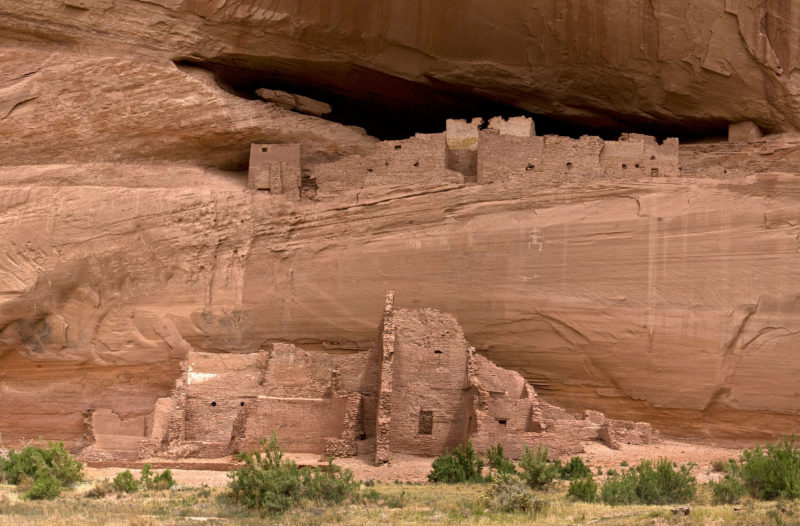
Owned by the Navajo Nation, one of 22 tribes that live in Arizona, Canyon de Chelly exudes a quiet magic and spirituality that inspired mythology scholar Joseph Campbell to call it ‘the most sacred place on Earth.’ Navajo families tend farms and orchards on the fertile bottom of this canyon system, and herds of sheep and goats graze in the shadows of stone towers. Around A.D. 1150 the Ancestral Puebloans began building multistoried masonry swellings in caves and recesses in the sandstone cliffs. Abandoned by 1300 due to drought, they are the oldest known houses in the U.S.
2. Aztec Ruins National Monument, New Mexico

You can explore 400 meticulously constructed rooms around an open plaza by means of a half-mile paved trail. The ruins were built and occupied between A.D. 1100 and 1300 by the Ancestral Puebloans, and boast the largest reconstructed Great Kiva of its kind (over 40 feet in diameter), a partially buried ceremonial chamber lit by shafts of sunlight and full of the spirits of the people who walked here 900 years ago.
3. Mesa Verde National Park, Colorado
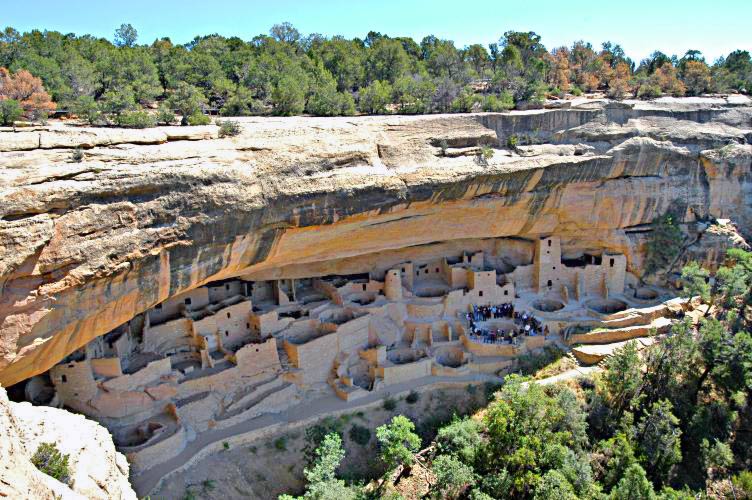
Located in the area known as the Four Corners, where Colorado, New Mexico, Arizona, and Utah meet, Mesa Verde is the only national park in the U.S. devoted exclusively to archaeology. Members of the Ancestral Puebloan culture (sometimes still referred to as the Anasazi) that flourished here between A.D. 600 and 1300 created astounding masonry buildings in alcoves in the canyon walls. Cliff Palace, the jewel of Mesa Verde, had over 150 rooms occupied by about 100 people at its peak. You’ll have to get a ticket for a ranger-led tour of this and Balcony House, which requires climbing ladders and crawling through a 12-foot-long tunnel, the most challenging in the park. Both are on Chapin Mesa, as is Spruce Tree House (temporarily closed to the public), with 130 rooms and eight kivas.
4. Crazy Horse Memorial, South Dakota
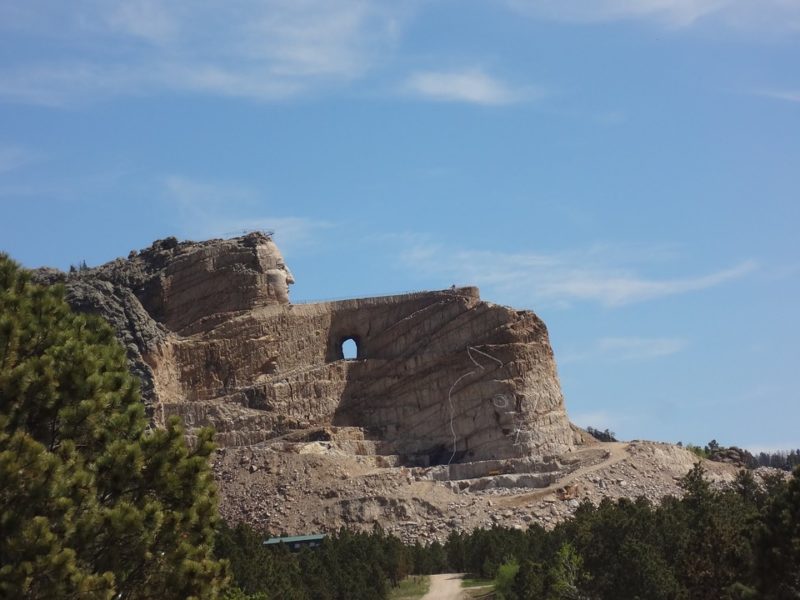
The creation of Mount Rushmore was a slap in the face to South Dakota’s Lakota people, to whom Paha Sapa (the Black Hills) was a sacred place that figured prominently in their creation stories. An 1868 treaty has deeded the land to the Sioux “in perpetuity,” but their ownership lasted only six years. When gold was discovered in the area, the U.S. government reclaimed the land. In 1876, when the government ordered all Lakota bands onto reservations, the great chiefs Crazy Horse, Sitting Bull, and Gall organized a resistance that eventually destroyed the Seventh Cavalry in General George Custer’s Last Stand at the Little Bighorn. But the Sioux’s victory was short-lived: In less than two years, Crazy Horse was dead, and their fate was sealed. In 1938, as the faces of the presidents were emerging from the granite, the Sioux began planning their own memorial, inviting Boston-born sculptor Korczak Ziolkowski to carve the image of Crazy Horse into another Black Hills mountain, 17 miles southwest of Rushmore.
5. Cahokia Mounds, Illinois
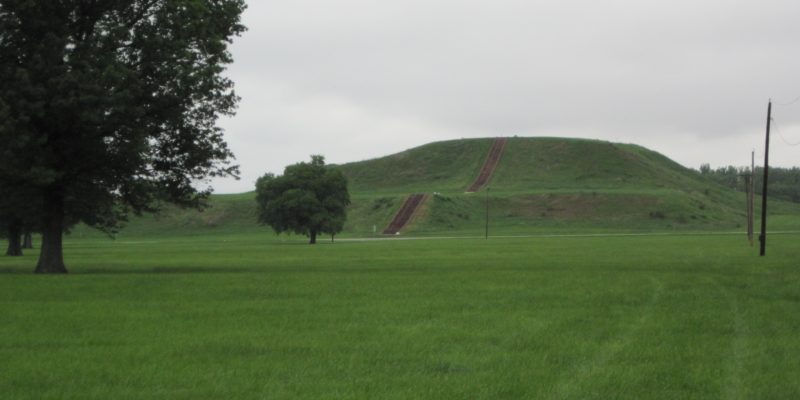
Following the Ohio River along the Illinois-Kentucky border and through small towns that seem to have changed very little in nearly 200 years, the byway runs to the southern tip of Illinois, where it connects with the Great River Road. Drive north 160 miles to the area across the state border from St. Louis, Missouri, and you can take in a fascinating part of early American Indian history, the Cahokia Mounds at Collinsville, once the largest prehistoric city north of Mexico. As many as 20,000 people lived here in A.D. 1150, when they built the largest man-made earthen mound in the Americas, rising over 90 feet in two terraces. A view from the top offers a marvelous look at the surrounding countryside and even the St. Louis Arch in the distance.
 About the Book
About the Book
Covering the U.S.A. and Canada like never before, and for the first time with full-color photographs, here are 1,000 compelling, essential, offbeat, utterly unforgettable places. Pristine beaches and national parks, world-class museums and the Just for Laughs festival, mountain resorts, salmon-rich rivers, scenic byways, the Oyster Bar and the country’s best taco, lush gardens and coastal treks at Point Reyes, rafting the Upper Gauley (if you dare). Plus resorts, vineyards, hot springs, classic ballparks, the Talladega Speedway, and more. Includes new attractions, like Miami’s Pérez Art Museum and Manhattan’s High Line, plus more than 150 places of special interest to families. And, for every entry, what you need to know about how and when to visit.


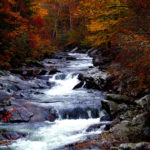
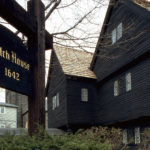
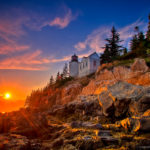
No Comments